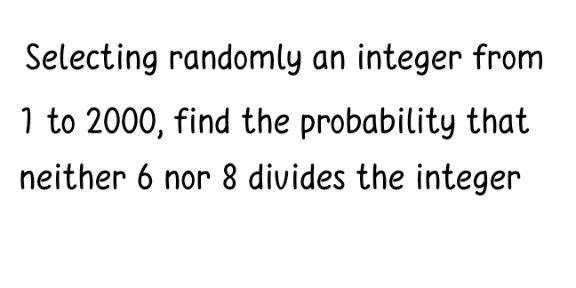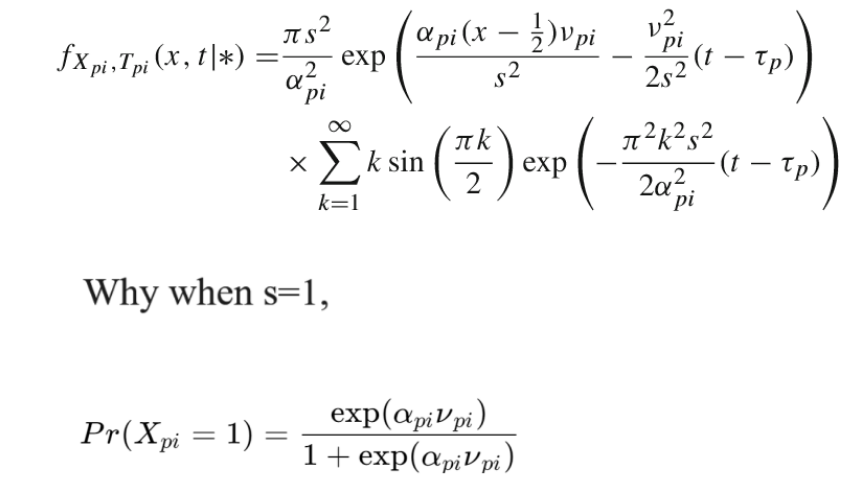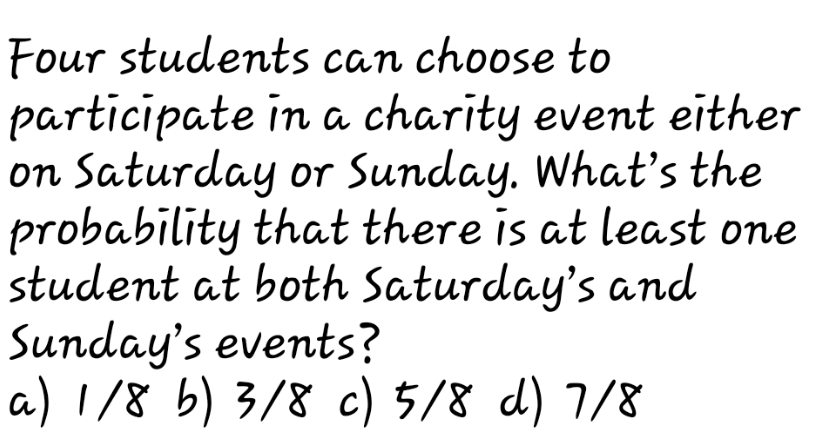
Probability and StatisticsQuestion and Answers: Page 1
Question Number 206514 Answers: 0 Comments: 0
Question Number 205409 Answers: 0 Comments: 0
Question Number 205394 Answers: 1 Comments: 0
Question Number 205230 Answers: 0 Comments: 1
Question Number 201972 Answers: 1 Comments: 0

Question Number 201969 Answers: 2 Comments: 0
Question Number 201545 Answers: 0 Comments: 0

Question Number 201527 Answers: 1 Comments: 0

Question Number 201475 Answers: 0 Comments: 5

Question Number 201439 Answers: 0 Comments: 0
Question Number 200831 Answers: 0 Comments: 1

Question Number 200720 Answers: 2 Comments: 0

Question Number 199714 Answers: 0 Comments: 3
Question Number 199446 Answers: 0 Comments: 0
Question Number 199310 Answers: 1 Comments: 1
Question Number 198975 Answers: 0 Comments: 7
Question Number 198879 Answers: 0 Comments: 0

Question Number 198141 Answers: 1 Comments: 0
Question Number 196916 Answers: 0 Comments: 0

Question Number 196447 Answers: 2 Comments: 0
Question Number 194490 Answers: 1 Comments: 0
Question Number 194292 Answers: 0 Comments: 0

Question Number 193351 Answers: 0 Comments: 0

Question Number 193350 Answers: 0 Comments: 0

Question Number 193292 Answers: 1 Comments: 0
Question Number 193226 Answers: 1 Comments: 0
